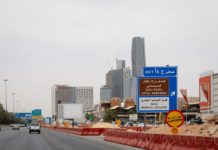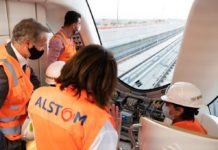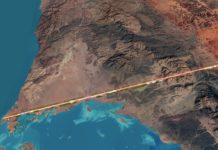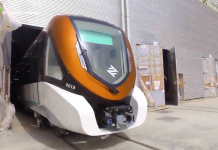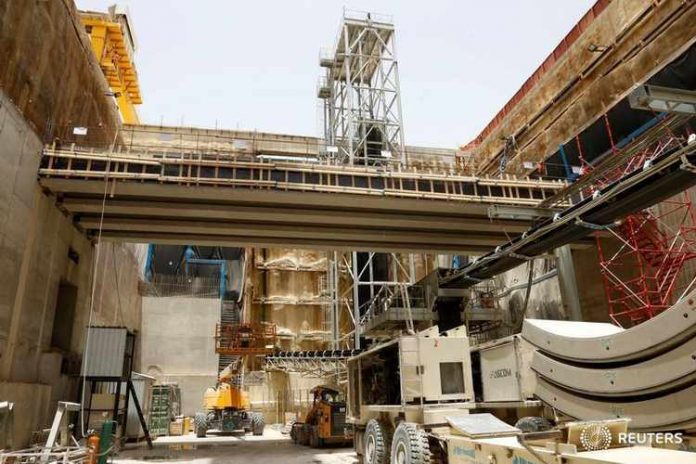There exists a body of empirical work which looks at the impact on the real estate market as a result of the introduction of new mass transport systems (MTS), from continuously changing cities such as Beijing and Mumbai to comparatively developed cities such as London.
Overall, the introduction of MTS has been a net positive for real estate, leading to not only outperformance of the wider market but also reducing congestion and enabling the development of new business districts and lifestyle destinations.
Research carried out by Knight Frank in 2015 and 2017 has highlighted the impact of Crossrail, London’s largest transport infrastructure project since the Second World War, on London’s residential market in terms of capital and rental values. The analysis showed that central London property values within a 10-minute walk of Crossrail stations outperformed Knight Frank’s Prime Central London index by 40 per cent between July 2008 and December 2016.
In addition to driving price and rental growth the introduction of Crossrail has opened up significant development potential along its route. At the end of Q1-17, 23,345 units were under construction and a further 42,125 units with planning permission in the pipeline.
Furthermore plans put forward for Crossrail 2, the second proposed line, indicate that there is capacity for 200,000 new homes to be built along this section of the route. As part of these proposals, calls are being made to relax zoning rules to enable an increase in development density as a solution to the housing supply shortage, which has contributed to the affordability issues across the capital.
Crossrail, as a result of reduction in travel times by up to 25 minutes to central London from non-central London stations, is expected to underpin an uptick in property demand and development opportunities around the non-central London stations across the line.
The Riyadh Metro
Turning to Riyadh where the 176 kilometre Metro — complemented by a new 24 route bus network — is expected to be operational in the coming 18 months, the impact on the city is due to be equally wide ranging both in terms of social and economic development. With Riyadh’s population set to grow from circa six million to eight million by 2030, the requirement for a mass transit system seems clear, not only when placed in context of the city’s congested nature but given the rapid social reform that is underway in Saudi Arabia.
However it is in relation to real estate dynamics and the ability to spur meaningful urban regeneration where the Riyadh Metro is able to have a marked effect. Riyadh is defined as a real estate ecosystem that has no natural topographical restraints. As a result a key question for owners and investors is how to maintain and grow asset value in light of a highly elastic supply dynamic.
Over the past decade or so Riyadh’s urban boundaries have rapidly increased as a result of low density development, mainly in the residential sector, which has hindered the ability for the market to show any signs of capital value growth. The introduction of the metro may lead to a more permanent outer boundary for Riyadh, therefore we argue that areas which may have been classed secondary locations historically are set to become future value creation hotspots.
More so this trend is likely to extend further to developing areas where there is low density. More
By Raya Majdalani, Special to Gulf News

